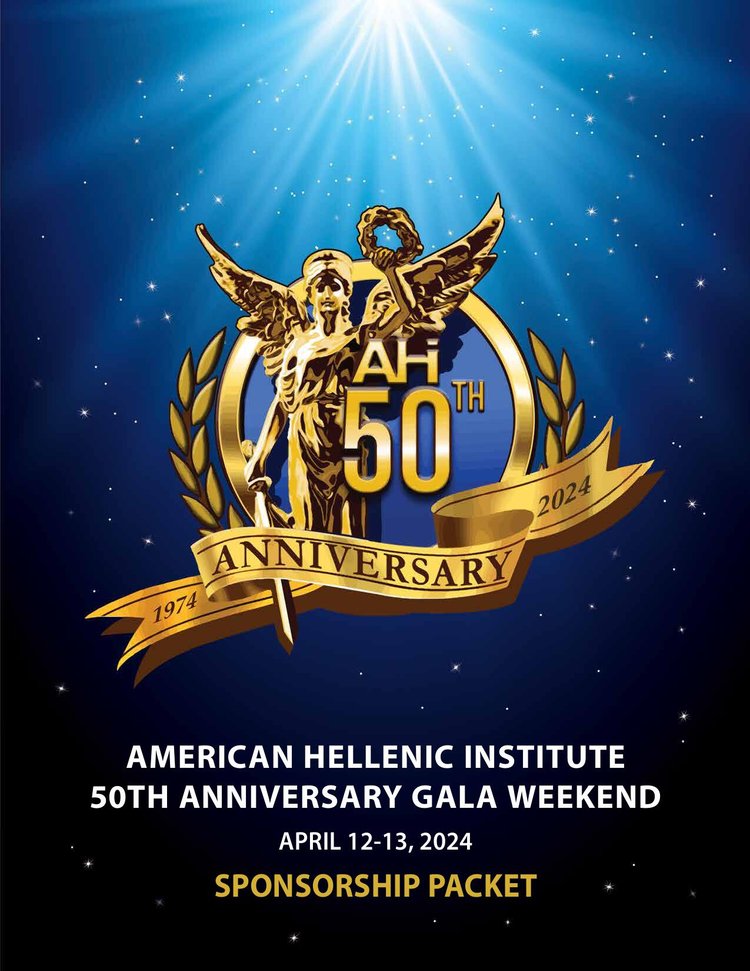Sweat the Small Stuff
Posted by Constantine Kolitsas at 5 June, at 14 : 08 PM Print
Customer Satisfaction Metrics
In today’s hyper-competitive environment, it’s critical that your restaurant set itself apart from the competition. Unless you’ve got a unique concept that is practically a niche unto itself, you live the competition game every moment that you’re open. In the old days, a good restaurateur needed to focus on only a handful of customer satisfaction metrics: food quality, taste, portion sizes, service, speed and price. In today’s market, however, there is increasing parity in those areas.
A burger at the Red Coach Diner is not much better than a burger at the Blue Coach Diner, and ditto for the Greek salad, roast turkey with stuffing, and beef barley soup. Both serve portions impossible to finish in a single seating; both have friendly, casual staff; both get you in and out in under 40 minutes; and both charge about the same amount across the board. How, then, do you explain that the Blue Coach has twice the lunch business than the Red Coach?
Since both restaurants perform comparably with regard to the basic expectations of the restaurant-going public, we’ll need to dig down a bit to understand why there’s such a disparity in the business volume.
Let’s start outside. At the Blue Coach, the landscaping is meticulously cared for. Polychromatic perennials lend to the visual palate while large terra cotta structures give the place an artisanal touch. There are no weeds growing through the well-manicured grassbeds and indirect lighting gives the business the visibility it needs at night without assaulting the eyes or conflicting with the neighborhood’s aesthetic.
Moving inside, the glass doors are kept fingerprint-free and the pull bars are polished. The reception stand is clutter-free and the host immediately freezes the conversation he’s having with a server to give you a big hello and to engage in conversation as he seats you. Walking through the restaurant, the floors are noticeably clean and the staff is moving about efficiently. Side stations where servers wrap doggie bags and fill water glasses look as they did when the restaurant just opened, in spite of the fact that they are an hour into their lunch service.
Arriving at the table, the customer is greeted immediately with a glass (yes, glass) of fresh water and a set of clean utensils rolled into a well-textured paper dinner napkin. The table is spotless, even under the salt and pepper shakers. The seats are clean and a table tent is promoting the diner’s gift certificates as the perfect stocking stuffer for the holidays. Christmas is just four weeks away and you make a mental note to purchase a few $20 cards for the mailman and the office receptionist.
When the server arrives, she is wearing the same uniform as the others. It is pressed and clean, and her shoulder-length hair is neatly pulled back. You have some food sensitivities and the server is very knowledgeable, guiding you through what is safe for you to eat. You’re interested in an item on the special sheet and she asks your patience while she confirms with the chef her concern that it may have an ingredient that may bother you. When she returns she has a detailed list of ingredients for that item and, as it does not have anything that could bother you, enthusiastically recommends it. (After it arrives, you are glad for the recommendation!)
In the old days, a good restaurateur needed to focus on only a handful of customer satisfaction metrics: food quality, taste, portion sizes, service, speed and price.
Let’s stop there and jump across the street to the Red Coach.
The exterior of the diner isn’t bad, but it’s not noteworthy. Evergreen bushes circle the structure’s periphery with an occasional paper cup or stray mail flier littered amongst the weeds. A smattering of stray cigarette butts pepper the walkway and bright, almost garish lights illuminate the structure at dusk.
The glass doors at the entryway are smudged and the paint on the door’s pull bars is chipped and discolored. The reception stand is cluttered with a leaning tower of menus, clipboards, seating schematics and post-it notes. Dollar bills with signatures and well wishes are scotch-taped to the wall behind the cash register beside a calendar from a local insurance agent and photographs of the owner taken three decades ago. As you walk in the manager at the host stand is giving direction to a server. You wait almost a minute before he’s done and gives you a nice, if quick greeting. You follow him to the table from six paces behind and he drops the menus and bids you (somewhat mechanically) to enjoy your lunch.
On the way to the table your attention was drawn to a couple of straw wrappers on the floor and to the server station where a stack of dirty dishes waited while servers whisked past them on the way to the kitchen.
At the table, a flier is taped to the booth wall promoting stocking stuffer gift cards and you think, “I wish I would have known about it earlier, as Christmas was six weeks ago”. Before sitting, the manager noticed some crumbs on the seat and brushed them to the floor beneath the table, ostensibly to accompany the straw wrapper and piece of toast that were already there. Water arrives in a plastic cup that has a slight chip at the lip. The utensils are placed atop a thin napkin. There are only a few waterspots on them so you polish them up and get ready for your meal.
When the server arrives, she is wearing a black top that is ill fitting. Looking around at the others, you notice that no one has the same shirt; they’re all black tops, but that’s where the similarities end. Some servers look professional, others look like they dug their uniform out from beneath a car seat before walking into work. Her apron is not pressed and her hair, although pulled back, is in disarray. In your mind you wonder how she can write with such long fingernails, and her fingers and ears are blinged out as if she were going to a night club. The service she gives is friendly, and she is visibly good at what she does. The only hiccup comes when you ask for recommendations based on a restricted diet and she can’t think of anything. You ask about ingredients on a popular menu item and she needs to check with the kitchen…
Without going further, it should be obvious why the Blue Coach is doing so much more business, in spite of the fact that there is parity in the areas of food quality, taste, portion sizes, service, speed and price. The difference between the two restaurants lies in the details. At the Blue Coach, the owner and manager have carefully paid attention to the details, painstakingly designing infrastructure, processes, procedures and a culture that positively shapes the guest’s perceptions. At the Red Coach, they may be concerned about the big picture but have forgotten to sweat the small stuff. At the end of the day, that small stuff can turn out to be a big deal.
Constantine N. Kolitsas is a restaurant consultant living in the New York tri-state area. His company, CNK Consulting, has helped numerous businesses improve their operations, develop their concepts, and increase profitability. For more information visit cnk-consulting.com or call 1-888-869-6068.
Related Posts
-

23 February at 11 : 27 AM 0
Grecian Delight | Kronos Foods launch integrated website
-

22 May at 13 : 55 PM 0
Θλίψη για τον θάνατο του επιχειρηματία, ευεργέτη και αγωνιστή Ευριπίδη Κόντου
















